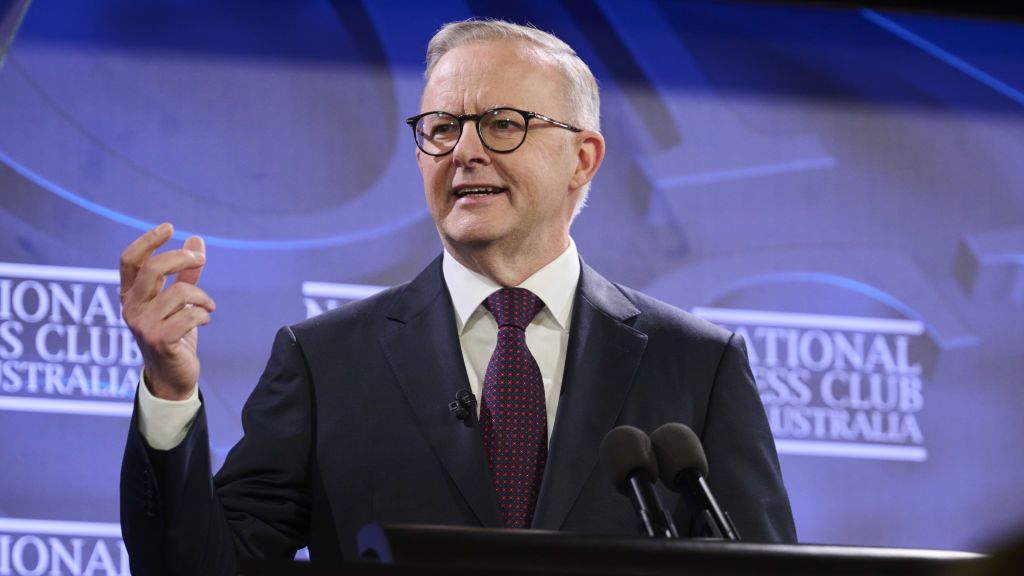Australian gov promises new cyber capabilities despite “massive skills shortage”
The country is investing $9.9 billion to triple its offensive cyber capabilities and double its cyber hunt and response activities


The Australian government is looking to boost its cyber capabilities through $9.9 billion in funding, in a move that has left the opposition questioning how it will recruit new cyber professionals from an already heavily contested talent pool.
Australia revealed its 2022-2023 budget on Tuesday, with the Australian Signals Directorate (ASD), its electronic spy agency, set to receive $9.9 billion over 10 years.
This will deliver what the government is calling REDSPICE, a Resilience, Effects, Defence, Space, Intelligence, Cyber, and Enablers package.
The Australian government has described it as the largest ever investment in the country's intelligence and cyber capabilities, which will double ASD’s size, creating 1,900 new jobs over the next decade, including programmers, software engineers, and data analysts. It will also bolster its commitment to Australia’s Five-Eyes and AUKUS trilateral partners, while supporting a secure Indo-Pacific region.
The funding will be spread over 10 years, with $4.2 billion being spent in the first four-year budget cycle. However, it's only worth $588.7 million in new funding in these first four years, as the government has partly offset the package with savings from the defence portfolio.
REDSPICE is set to triple ASD’s offensive cyber capabilities and double its cyber hunt and response activities, delivering a strategic advantage for Australia over the coming decade and beyond. The government said the package will help ASD to keep pace with the rapid capabilities of potential adversaries as well as being able to counter attack and protect the nation’s most critical systems.
However, Brendan O'Connor, the shadow minister for defence, called it a flashy announcement in a post titled “The (Red) spice must flow, but can the Morrison government deliver it?”.
Sign up today and you will receive a free copy of our Future Focus 2025 report - the leading guidance on AI, cybersecurity and other IT challenges as per 700+ senior executives
“The cyber security sector already faces a massive skills shortage after years of neglect under the Morrison-Joyce Government,” said O’Connor. “The Government needs to outline where it will find the 1,900 extra cyber professionals it plans to recruit to ASD from an already heavily contested talent pool.”
He underlined that the skills shortage is compounded by a massive backlog in security clearances the government has allowed to develop, leaving many recruits waiting more than a year before they can begin roles. O’Connor said REDSPICE would significantly increase the pressures on this already clogged process.
Of the $4.2 billion promised to the programme over its first four years, only $588.7 million is new money, highlighted O’Connor. The rest is offset from defence.
“Given the rapidly escalating cyber threats facing the nation, Australians can’t afford for REDSPICE to become the latest major defence capability project that never makes it from announcement to delivery,” said the MP.
RELATED RESOURCE

The new normal: The future role of finance
The changing role of the finance function during business disruption
To put further stress on this, the government is also slashing the number of spaces in its Global Talent visa programme from 15,000 in 2021-22 to 8,448 in 2022-2023. This comes only a year after it decided to increase the number of spaces on the programme from 5,000 to 15,000.
The programme launched in November 2019 and aims to attract the best tech talent from around the world. It targets 10 future-focused sectors, including financial services, space, digitech, health, energy, education and defence. In 2020-2021 it attracted 9,584 migrants, as the country aimed to attract talent to help the country rebound from the pandemic and drive economic growth.
Zach Marzouk is a former ITPro, CloudPro, and ChannelPro staff writer, covering topics like security, privacy, worker rights, and startups, primarily in the Asia Pacific and the US regions. Zach joined ITPro in 2017 where he was introduced to the world of B2B technology as a junior staff writer, before he returned to Argentina in 2018, working in communications and as a copywriter. In 2021, he made his way back to ITPro as a staff writer during the pandemic, before joining the world of freelance in 2022.
-
 Trump's AI executive order could leave US in a 'regulatory vacuum'
Trump's AI executive order could leave US in a 'regulatory vacuum'News Citing a "patchwork of 50 different regulatory regimes" and "ideological bias", President Trump wants rules to be set at a federal level
-
 TPUs: Google's home advantage
TPUs: Google's home advantageITPro Podcast How does TPU v7 stack up against Nvidia's latest chips – and can Google scale AI using only its own supply?
-
 Latitude Financial's data policies questioned after more than 14 million records stolen
Latitude Financial's data policies questioned after more than 14 million records stolenNews Some of the data is from at least 2005 and includes customers’ name, address, and date of birth
-
 Latitude hack now under state investigation as customers struggle to protect their accounts
Latitude hack now under state investigation as customers struggle to protect their accountsNews The cyber attack has affected around 330,000 customers, although the company has said this is likely to increase
-
 IDCARE: Meet the cyber security charity shaping Australia and New Zealand's data breach response
IDCARE: Meet the cyber security charity shaping Australia and New Zealand's data breach responseCase Studies IDCARE is recruiting a reserve army to turbocharge the fightback against cyber crime not just in the region, but in the interests of victims all over the world
-
 Australia commits to establishing second national cyber security agency
Australia commits to establishing second national cyber security agencyNews The country is still aiming to be the most cyber-secure country in the world by 2030
-
 Medibank bleeds $26 million in cyber costs following hack
Medibank bleeds $26 million in cyber costs following hackNews The company believes this figure could rise to $45 million for the 2023 financial year
-
 TikTok's two new European data centres to address data protection concerns
TikTok's two new European data centres to address data protection concernsNews The company is under pressure to prove its user data isn’t being accessed by the Chinese state
-
 Cyber attack on Australia’s TPG Telecom affects 15,000 customers
Cyber attack on Australia’s TPG Telecom affects 15,000 customersNews It is the third cyber attack on a major Australian telco since October
-
 Telstra blames IT blunder for leak of 130,000 customer records
Telstra blames IT blunder for leak of 130,000 customer recordsNews Australia’s biggest telco said that the error was due to a mismanagement of databases and not a cyber attack
